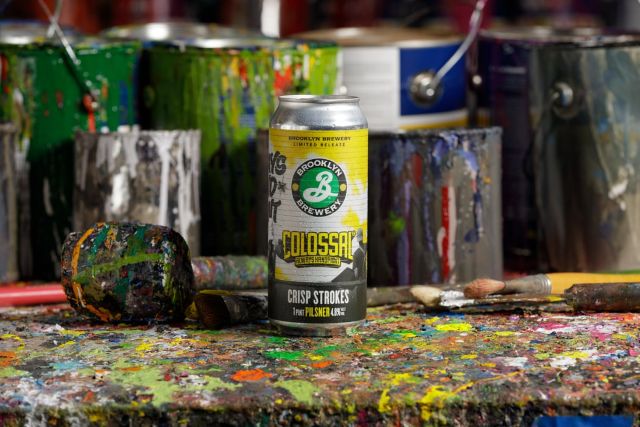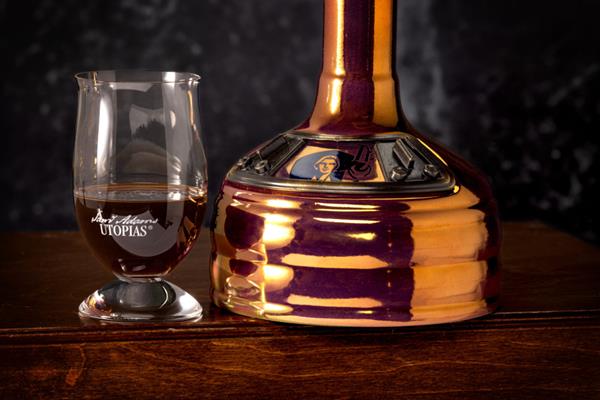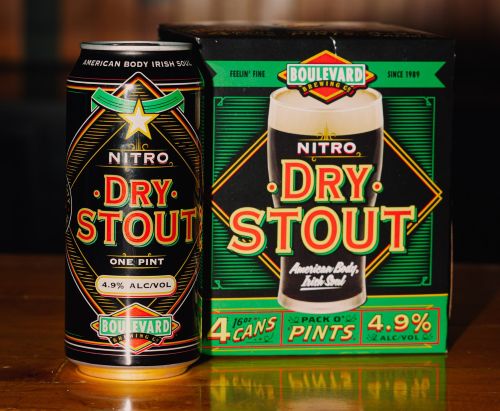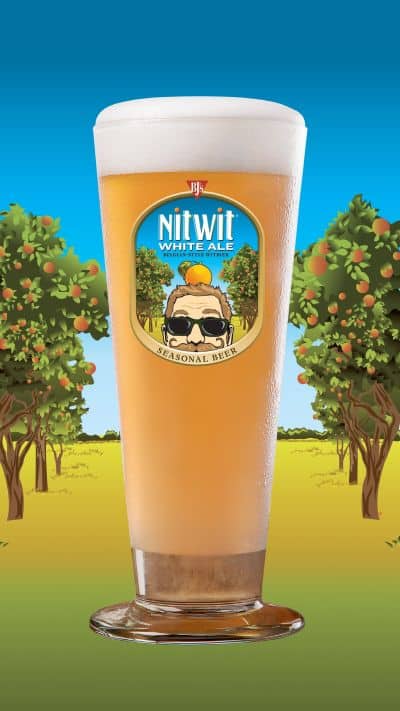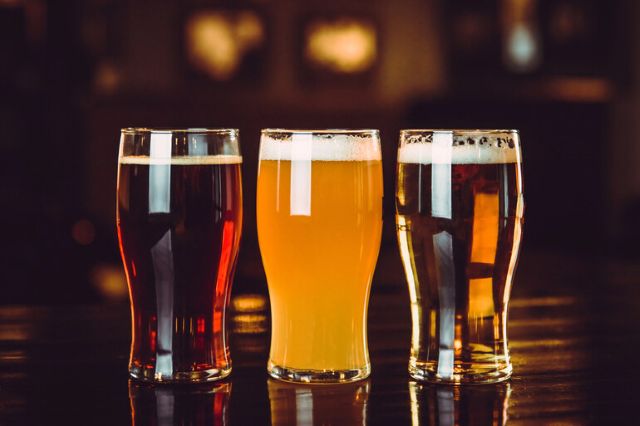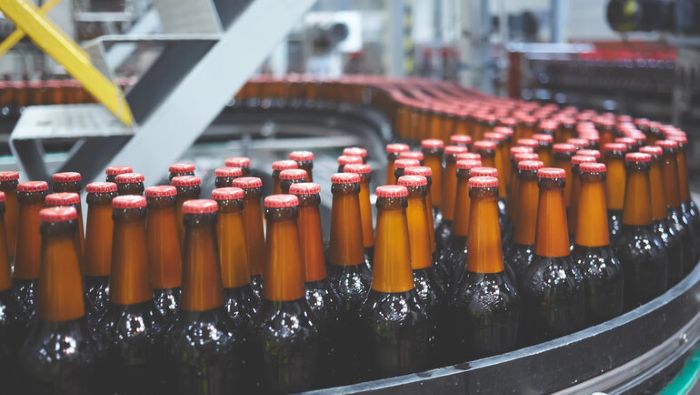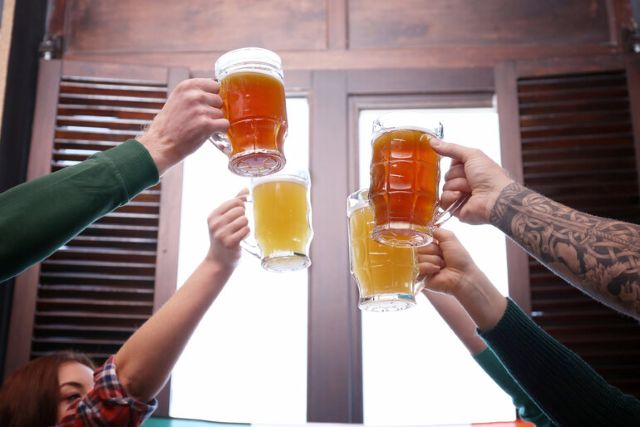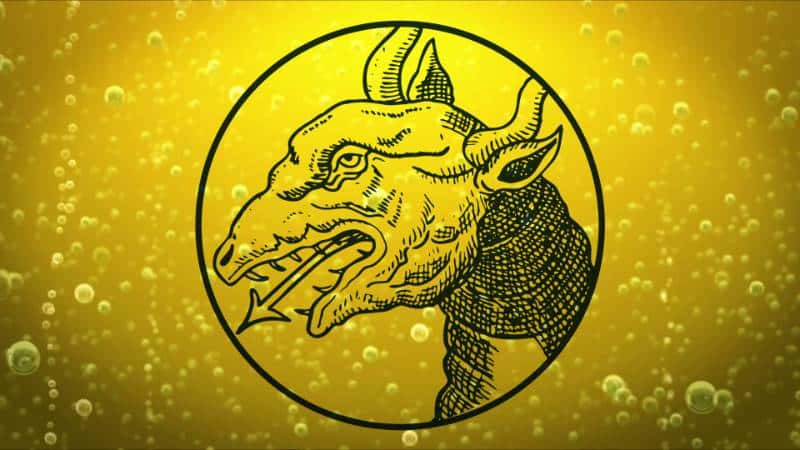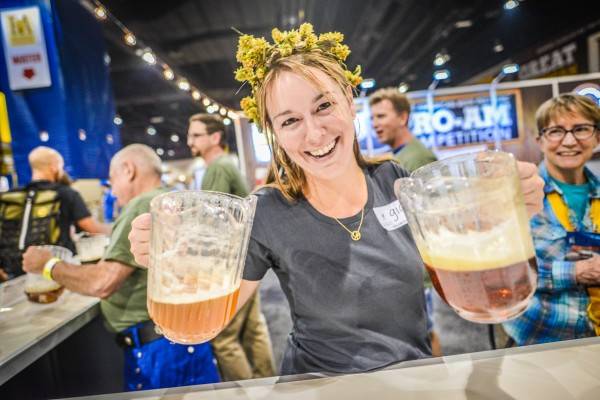New Stone Beer Experiments With Sauvignon Blanc Grape Skins
New Stone Beer Experiments With Sauvignon Blanc Grape Skins
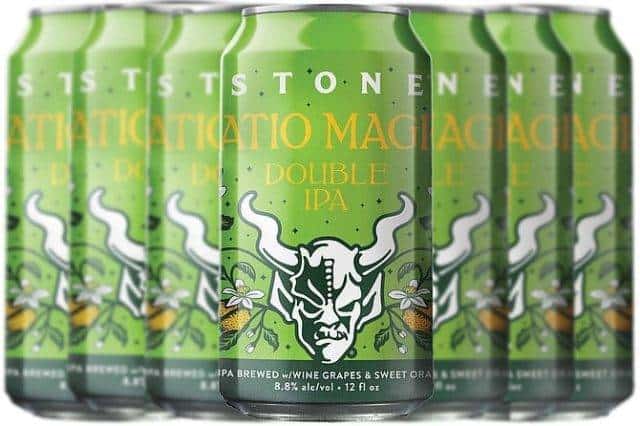
(Courtesy Stone Brewing)
Escondido, California-headquartered Stone Brewing is experimenting with an unusual beer ingredient in an upcoming release, a grape skin powder named ‘Phantasm’. And no matter what it adds to a beer’s flavor we’ve gotta admit it has a very cool name.
Explaining the project to the San Diego Reader, Stone Brewing senior manager of innovation and supply chain, Jeremy Moynier, shared that the beer also uses an experimental hop 843 which was developed by Yakima, Washington’s Hop Breeding Company (HBC)…
“HBC are the same folks that developed Mosaic, Citra, Loral, Sabro, and Talus. We have used several HBC hops over the years in many of our beers but “this is our first commercial release with Phantasm, a grape skin extract from New Zealand.”
“Phantasm is fairly new and we started trialing it over the summer last year. White wine grapes are pressed off of the skins, and those can be thrown away or worked back into the soil, but here they are used to develop this innovative addition to beer. Phantasm contains thiol precursors and, when used with certain yeasts and hops, can really intensify the flavor and aroma experience.”
 Stone’s first commercial beer brewed using Phantasm, as well as with experimental hop 843, is Patio Magic, an 8.8% ABV India Pale Ale with amplified orange, berry, floral, and wood notes which becomes available on February 27.
Stone’s first commercial beer brewed using Phantasm, as well as with experimental hop 843, is Patio Magic, an 8.8% ABV India Pale Ale with amplified orange, berry, floral, and wood notes which becomes available on February 27.
“For Stone Brewing, experimenting with Phantasm in a beer recipe is simply another stage of learning more about how beer flavor and style can be complemented and nuanced by well-cultivated natural resources,” reports the Drinks Business…”
As is Stone’s relationship with HBC…a partnership that Moynier explains “has always been one based on experimentation, feedback and development.”
“We are very involved in hop research and hop exploration,” Moynier added. “We do a lot of trialing on our pilot brew systems of these varieties in development, and will send beer and sensory data back to the breeders, growers, and vendors. It lets us experiment with new hops, and in turn, gives good feedback to those developing these newer hops.
###
